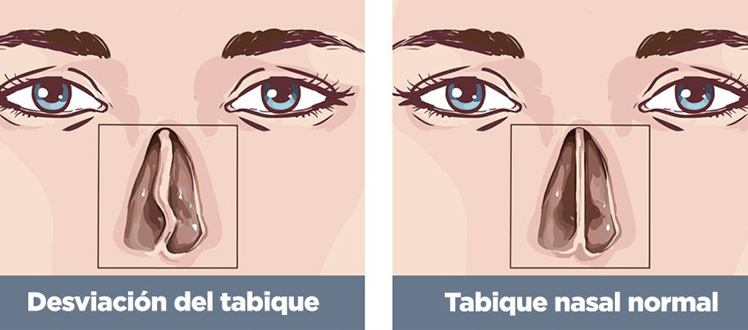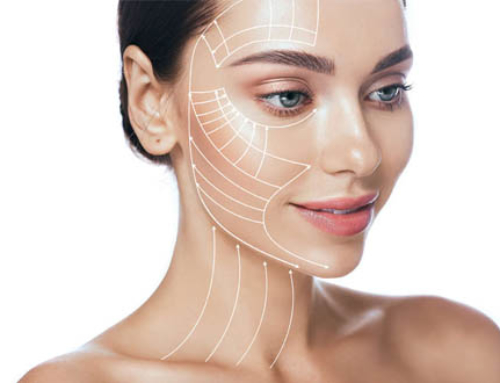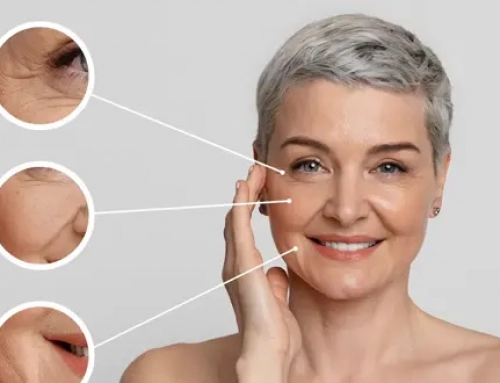Septum deviations do not always have consequences. However, in most severe cases, these deviations can cause respiratory problems, snoring as well as an aesthetic defect. Fortunately, there are solutions to straighten the septum.

What can be done to correct a deviated septum ?
What is a septum deviation ?
The septum is the internal wall separating the nostrils that can be deviated. Numbers indicate 80% of the population has this defect, but it has no consequences on the appearance of the nose or its function in most cases.
For some people, septum deviation can be more or less pronounced, which can affect respiration, increase the risk of snoring, sinusite… Septum deviation can affect the cartilage, the bone or both.
The main causes of deviated septum
Nasal septum deviation can be a birth defect. This malformation is also, in many instances, the result of trauma (exercise or accident).
What are the symptoms of a deviated septum ?
Nasal obstruction and associated conditions can be caused by nasal septum deviations. Symptoms are the following :
- Respiratory problems or difficulties
- The nose feels obstructed on one side
- Snoring
- Frequent headaches, sometimes permanent
- Frequent sneezing
- ENT infections
- Frequent nose bleeds
- Altered sense of smell
- Facial pain
If you present one of these symptoms, don’t hesitate to consult with an ENT specialist to get confirmation with an endoscopy of the nose.
Septoplasty to treat the deviated septum
the deviated septum is truly debilitating on a daily basis, you can consider a surgical treatment called septoplasty. This procedure can reshape the deviated septum to restore normal air flow in the nose and normal breathing.
Septoplasty can restore the respiratory function of the nose when it is impaired, but it can also restore a normal appearance when the nose has been distorted by trauma. The procedure can combine both corrections if needed.





